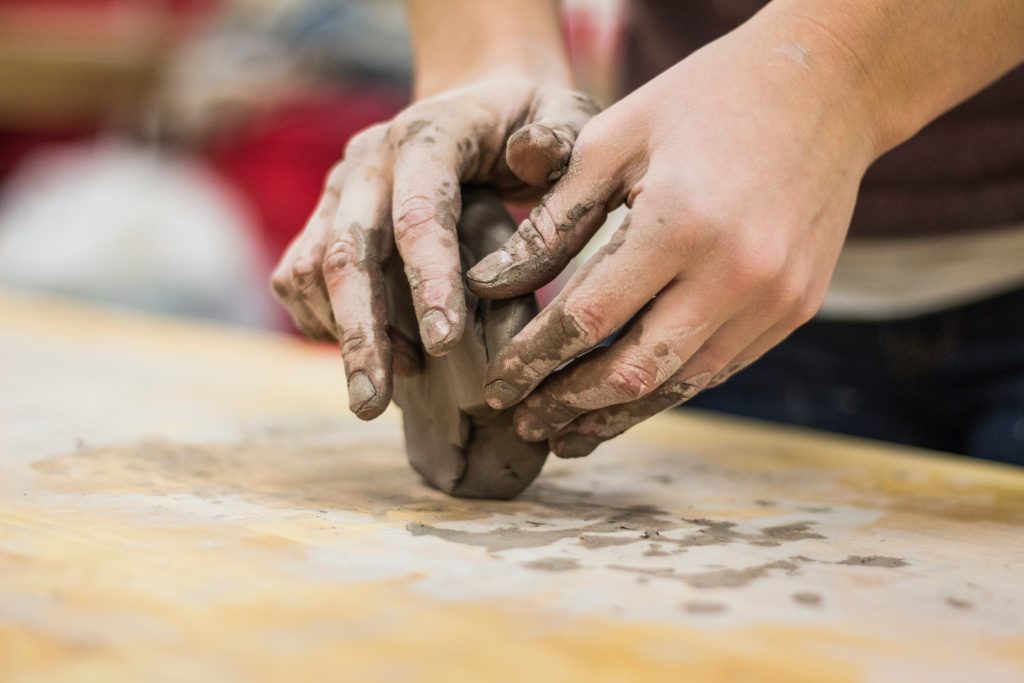Frequently Asked Questions

Q: What is your approach to art therapy?
My personal approach to art therapy is characterized by the intention to be an ally to the client. I believe that each individual who comes to art therapy has the resources within themselves to heal and effect change, and I hold the intention for empowerment in the lives of each of my clients. My role as art therapist is to hold a safe, therapeutic space and facilitate the art-making with the goal of supporting and enriching the client’s personal process. I understand that each individual I work with has different goals, needs, and hopes for art therapy, and I work collaboratively with the client to make sure his/her needs are met, and to maintain an ongoing conversation as these goals grow and change over the course of therapy. I also believe in the power of mindfulness-based practice, and often will bring this into art therapy sessions if it fits for the needs of the individual.
Q: What are the benefits of art therapy?
-
Strengthens creativity
-
Art created in group settings can enhance social skills, reduce isolation, and create community
-
Art therapy helps to foster integration, wholeness, and coherence
-
Art therapy can reduce stress, increase confidence, and build on positive feelings.
-
Art therapy can help with the processing of life events
-
Promotes self-expression and self-awareness
-
May promote a sense of personal independence, self-reliance, and self-sufficiency
-
Can facilitate insight, empathy, and acceptance of others’ life challenges
-
Can encourage development of healthy coping strategies
-
It is capable of facilitating and developing strategies for hand-eye coordination, fine and gross motor skills, and finger dexterity and speed
-
Art therapy is capable of exploring, managing, and providing insight into traumatic experiences.
Q: What should I expect for my first art therapy session?
Each person will have a completely unique experience during their time in art therapy, but the first session is generally quite similar across the board. The first session is aimed at helping you clarify what you are wanting to gain from art therapy, and to help me learn how best to be of service to you. You will be introduced to the art therapy space, there will be some paper work to fill out, we will talk about goals and your reasons for coming, and answer any questions or concerns you have.
Q: Why would I go to art therapy?
People go to art therapy for a wide range of reasons; sometimes to move through difficult life events, to transform their emotional lives and/or relationships, and for personal growth. For those who are already pursuing talk therapy, art therapy can be a great way to deepen the emotional transformation that is already occurring. Art therapy can also be a great alternative to talk therapy, as it enables deep emotional processing without getting caught up in the sometimes unhelpful verbal and cognitive realities we habitually live in. Refer to the Services and Rates page for the full list of issues that art therapy can help with.
Q: What is the cancellation policy?
24 hour notice is required for cancellation or re-scheduling to avoid being charged for the session.
